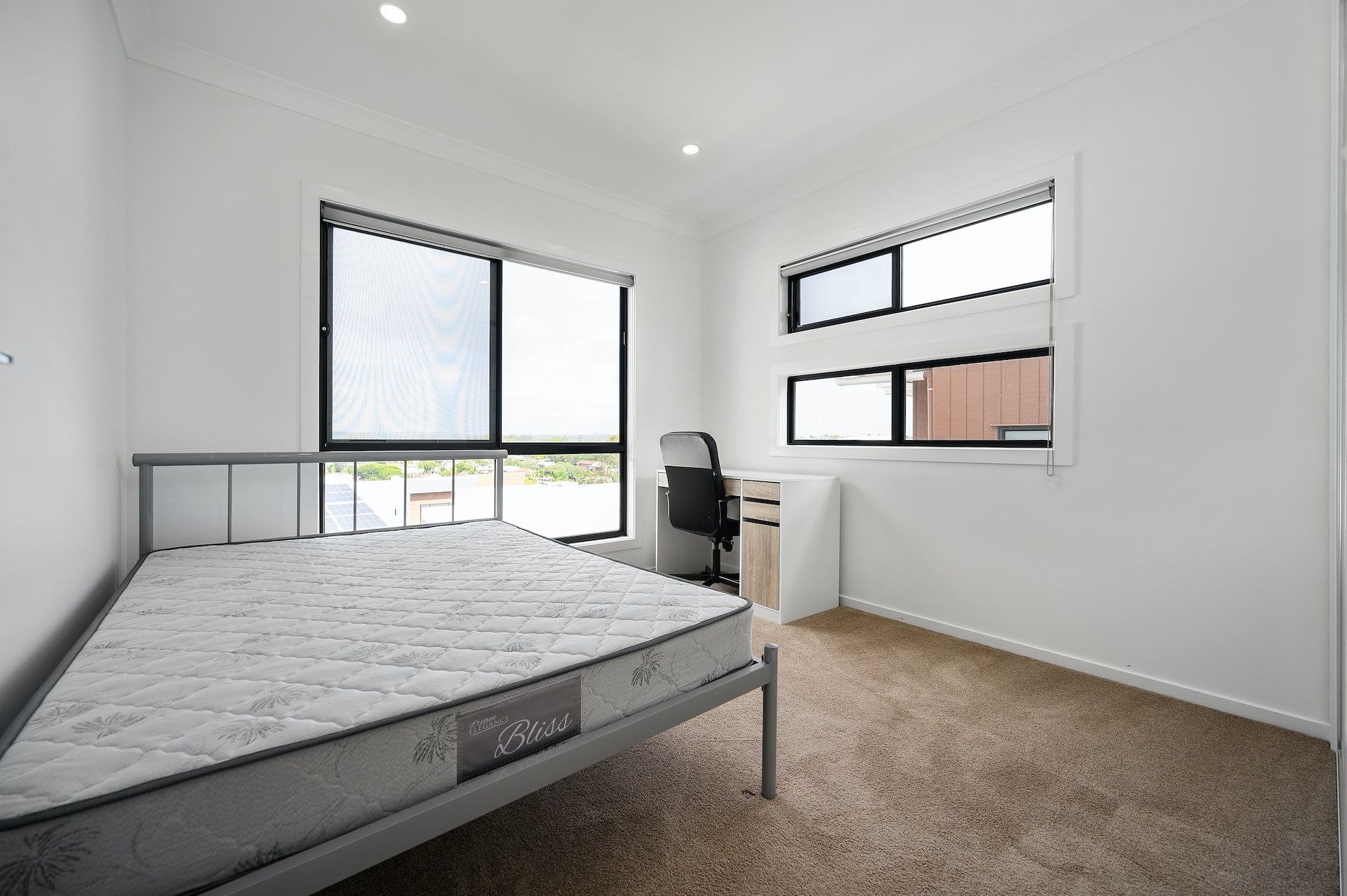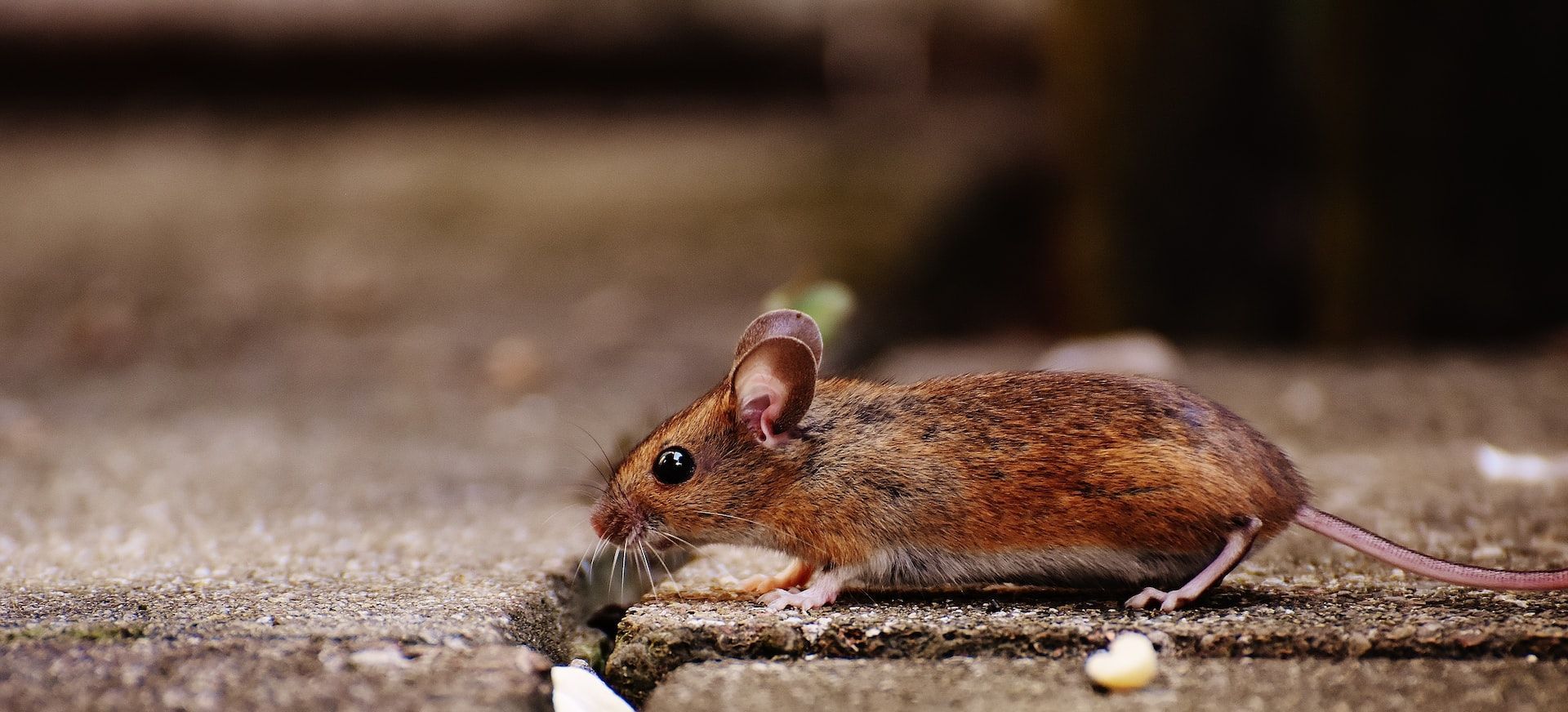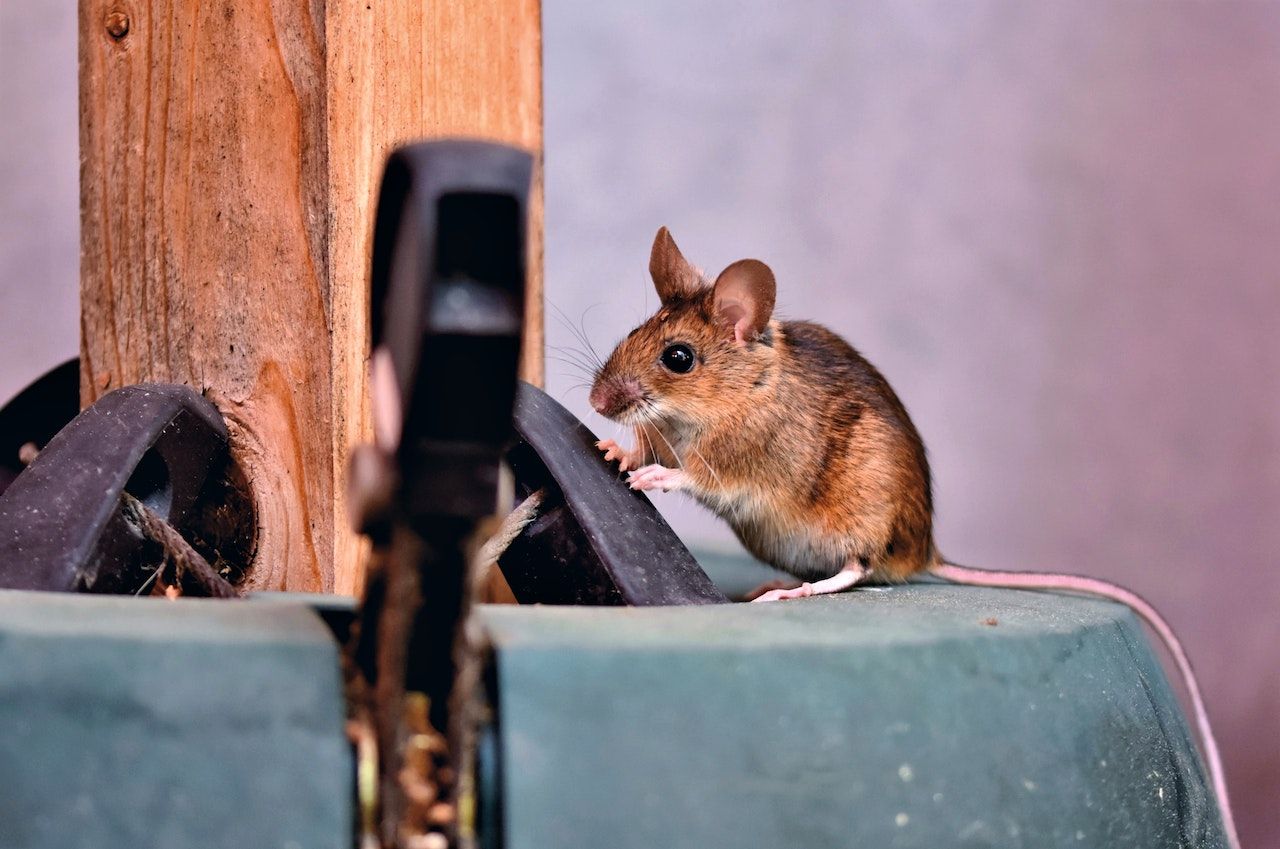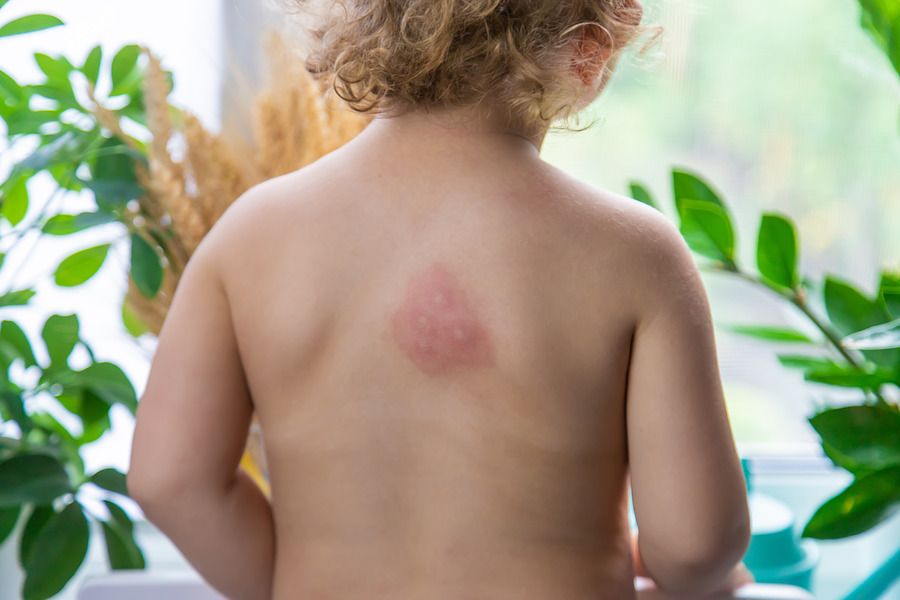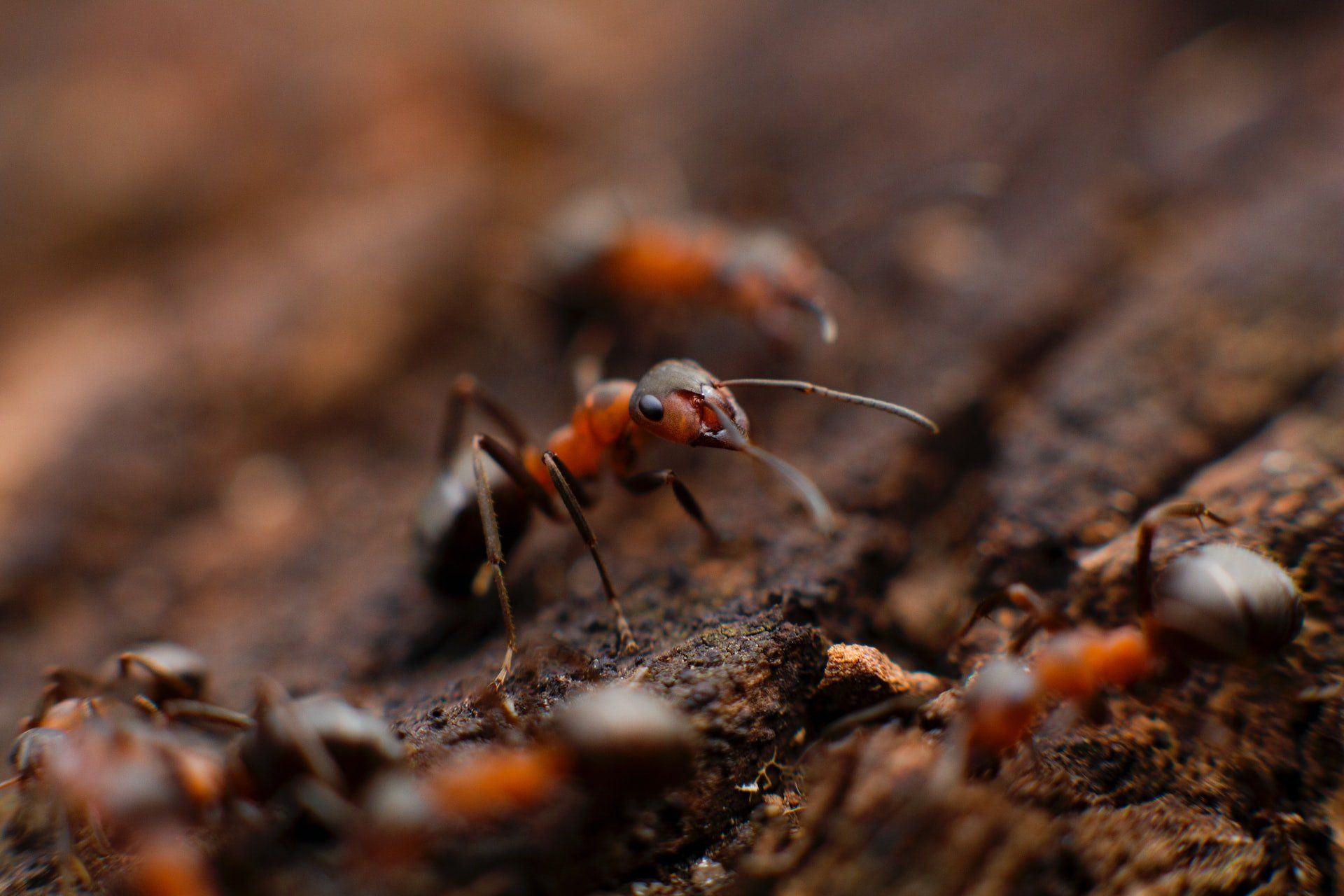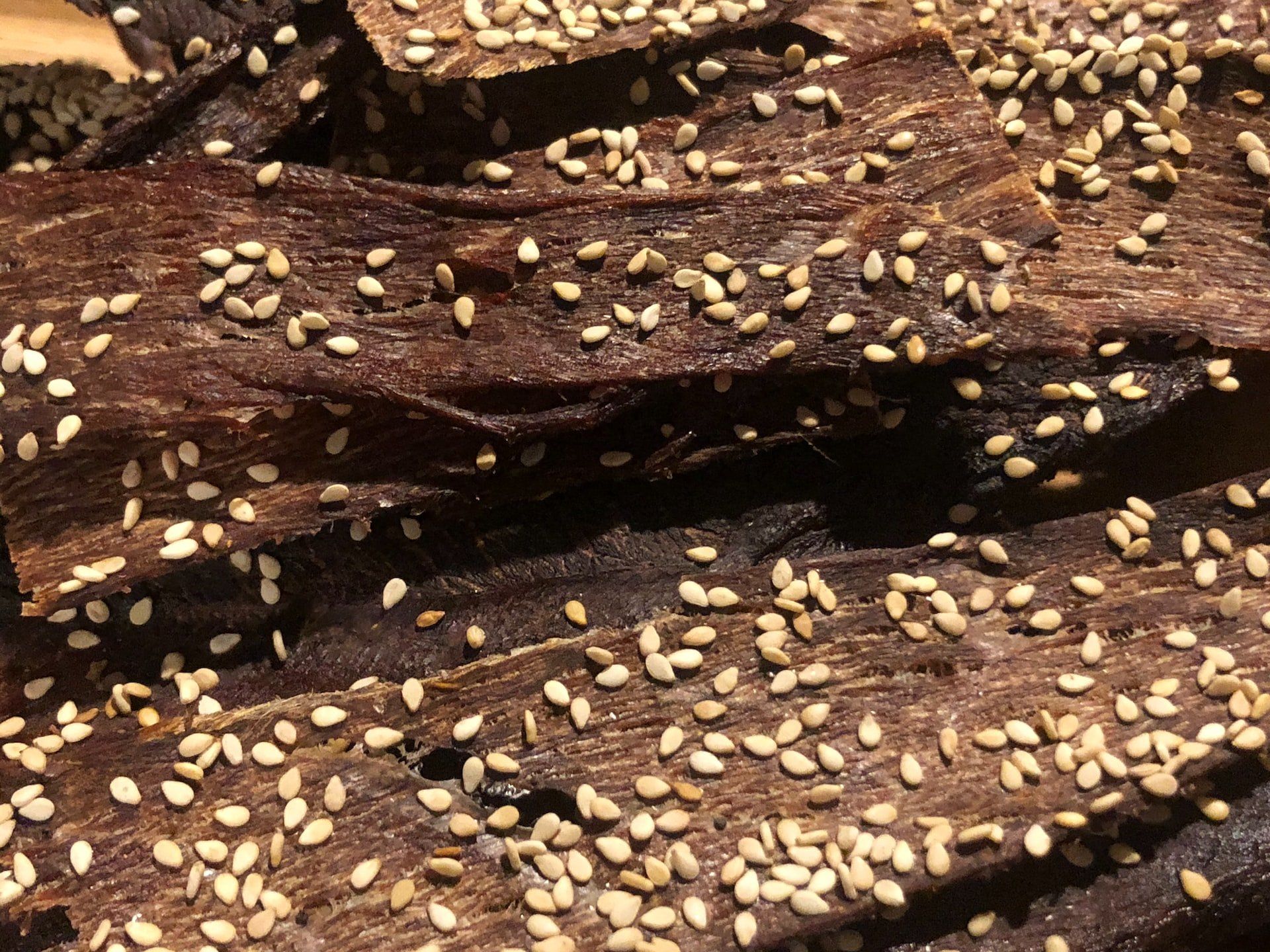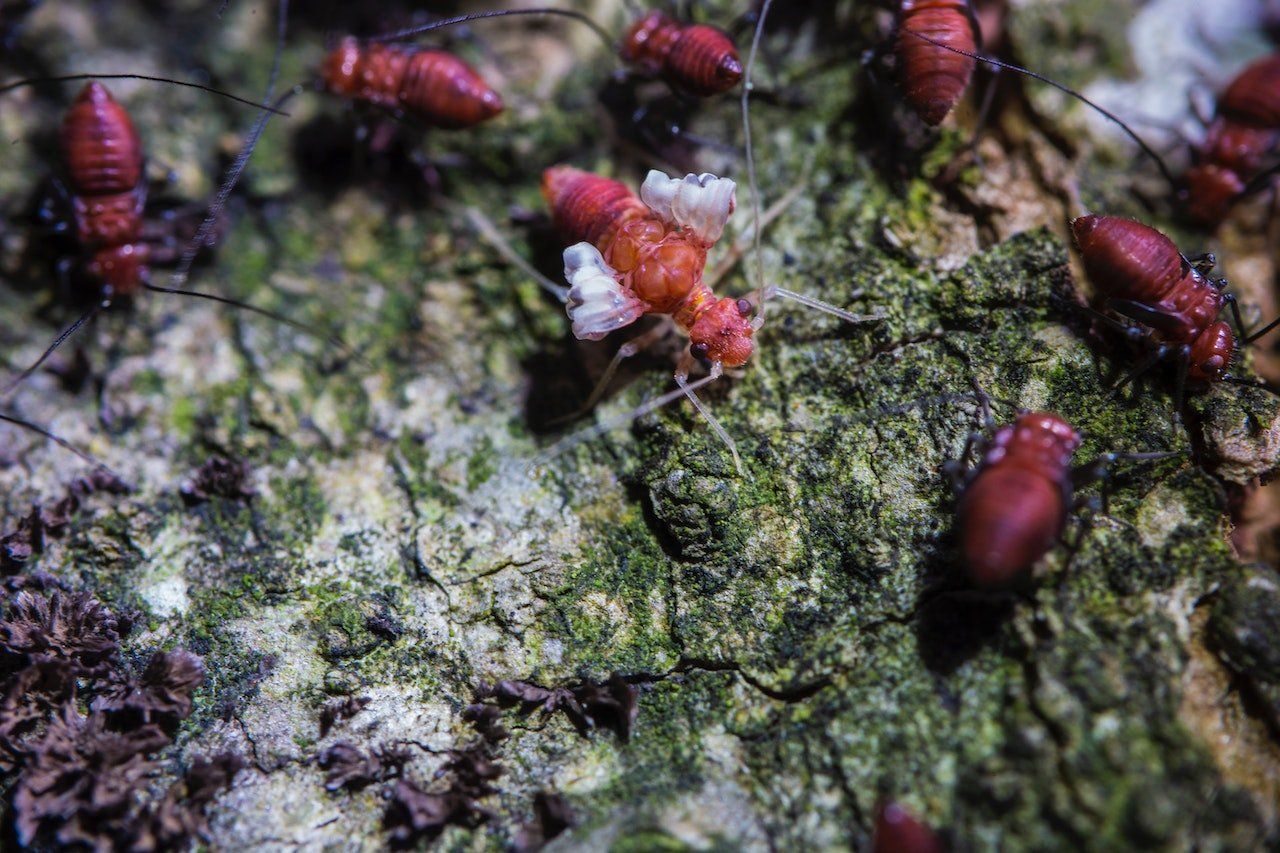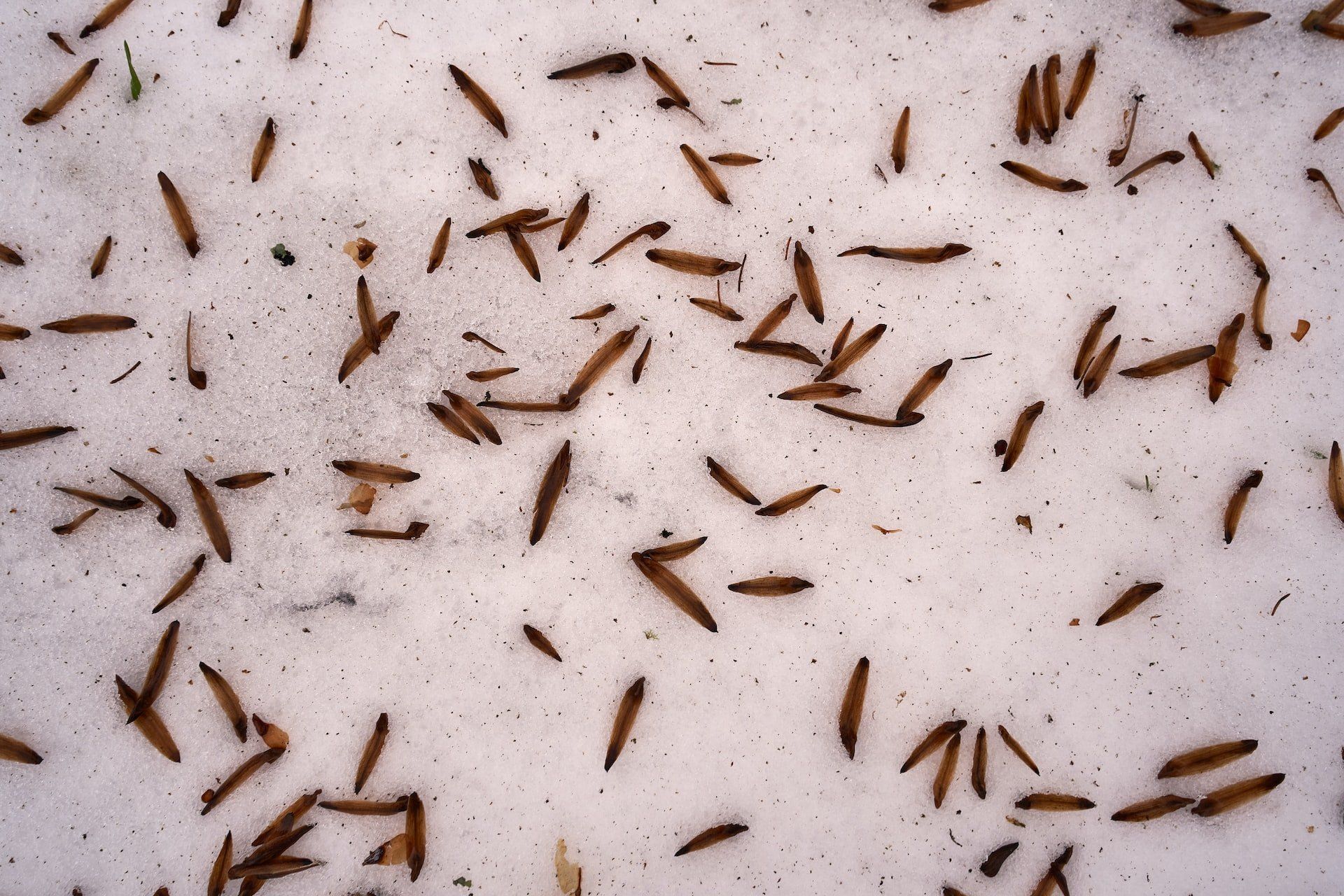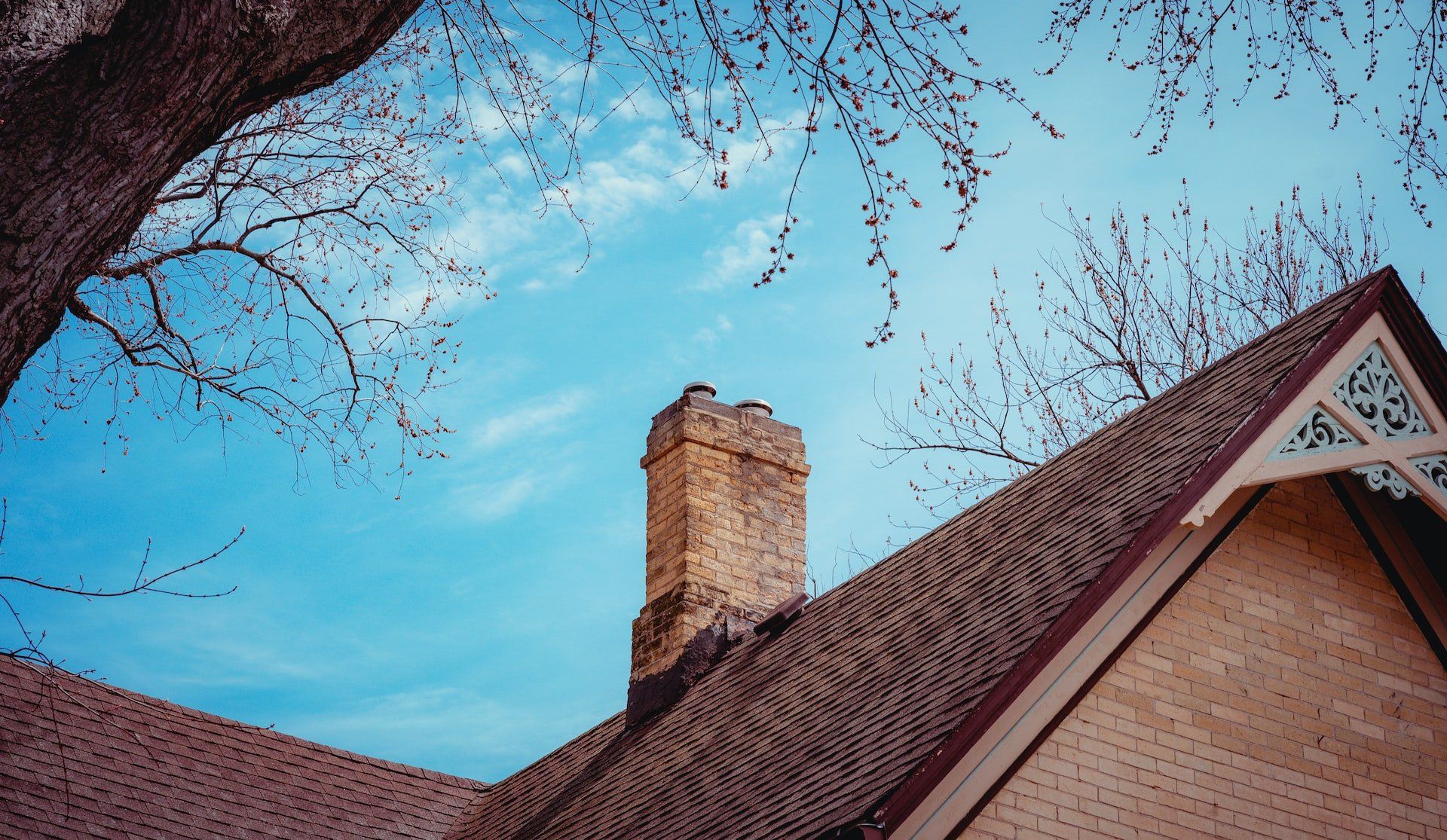Which Areas Are Commonly Checked in a Pest Inspection?
A pest inspection is a careful examination of a home or property to check for any signs of pests. The inspection looks both inside and outside the property and covers all possible areas where pests may be living or entering. It is a comprehensive way to identify and address any pest issues. The areas commonly checked include:
Bathrooms and Kitchens
Termites can enter a home by making their way through small gaps or holes around pipes and other fixtures outside the house. A home inspector can check for potential entry points and seal them up to prevent termites from entering.
Baseboards, Walls and Cabinets
An inspector will examine window frames and baseboards for any openings where pests could enter the building and inspect walls for signs of pests, such as termite damage or droppings. They will also check to ensure there are no gaps or holes that pests could use to enter the building.
Garage and Crawl Spaces
Subterranean termites build tunnels, called mud tubes, to travel from their underground nests to food sources located away from their nest.
Exterior Walls
It is important to check both sides of the house and the nearby trees and bushes for signs of subterranean termites. Look for evidence of wood chomping, mud tunnels, sandy chunks, or any other signs indicating an infestation.
Foundation
Inspectors will look for signs of termites or water damage, which includes examining wood, mud tubes, and any presence of fungi or mould. These can be signs that the structure of your home has been affected by either termites or water.
Roof Shingles
The inspector will look for any indications that the shingles on the roof are damaged or not in their original condition. This could suggest that rodents have been nesting in these areas, such as curling up of the shingles or missing shingles.
Surrounding Yard
The inspector will search for evidence of termite infestations. They may inspect mulch, wood piles, firewood, and dead trees for signs of these pests. Additionally, they may look for other potential signs of an infestation, like mud tubes, damaged vegetation, or dead ants on the ground.
Pest inspectors use a flashlight to look for signs of termites in small cracks and crevices around the exterior of your home. They may also use other tools, such as probes and magnifying glasses, to help find any possible infestations.
Other Areas
A professional pest and property inspection involve a thorough examination of an average-sized home or larger property that can take up to two hours. Before the inspection, you can discuss any other areas that the inspector might need to check with them so that you can be prepared.
Conclusion
Pest inspections for homes and office spaces are essential to property maintenance. To ensure that pests are not bringing about serious harm to a building’s structure, the inspection should cover a broad range of areas. These include the exterior of the building, the foundation, ventilation systems, attics and crawl spaces, and other areas where pests may enter or hide. Inspectors can identify potential pest issues by thoroughly inspecting these areas and recommend solutions to prevent further damage.
Roach Busters is Sydney’s most trusted pest control service, offering professional services to eradicate all kinds of pests. We treat everything from termites to bedbugs, cockroaches to spiders, fleas and more. If you need
pest inspections in Sydney, we’ve got you covered! Get in touch with us today and let us know how we can help!

